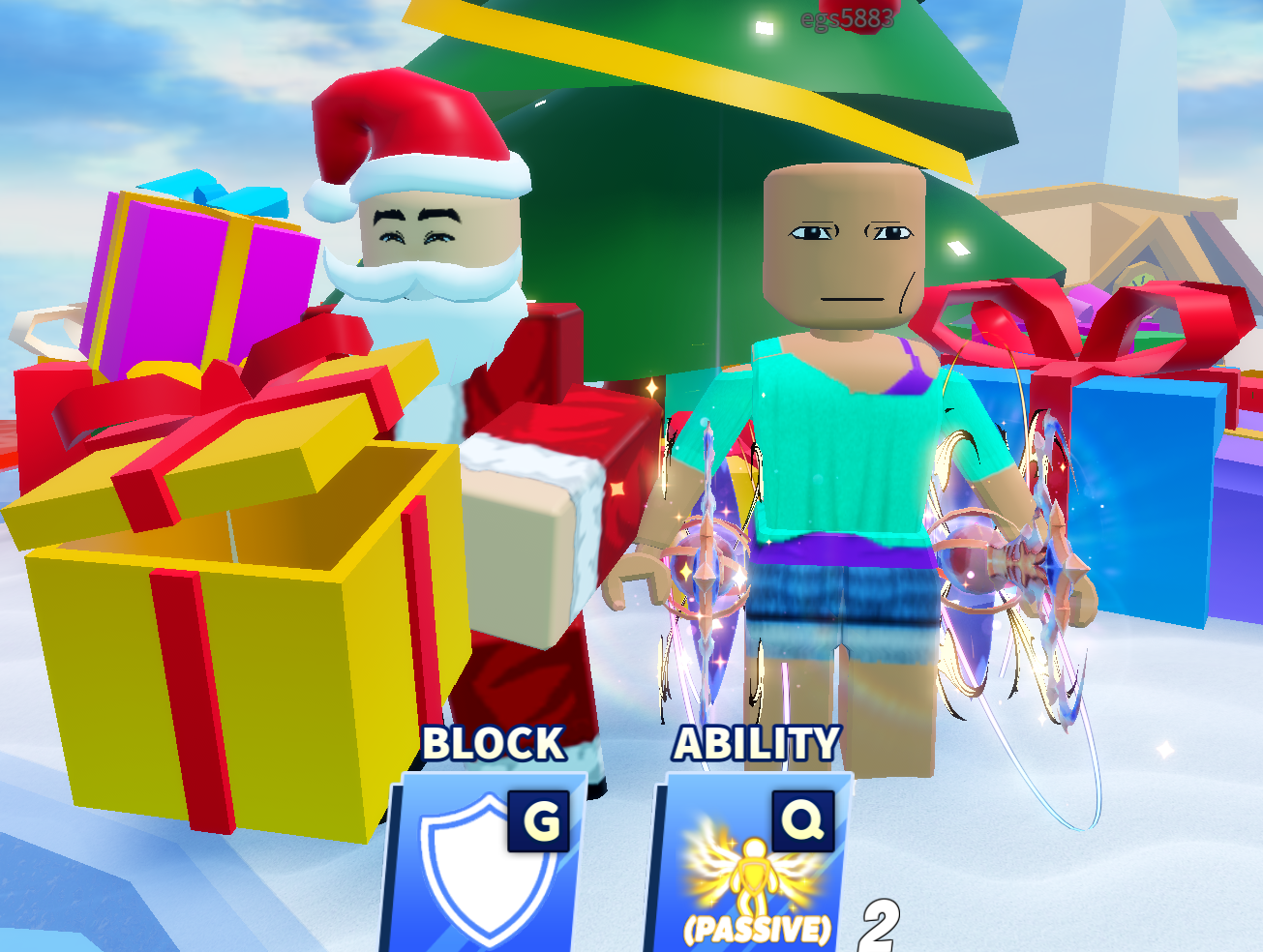P2.8 Resolving Vectors & Scale drawings
Cards (18)
- What is the force created by the man on his bike?
- What force is acting on the cyclist due to the breeze?
- How can we represent the forces acting on the cyclist on a grid?
- How do we find the resultant force using scale drawings?
- What is the length of the resultant force in the scale drawing?
- How do we convert the length of the resultant force into newtons?
- What is the magnitude of the resultant force calculated?
- What is the direction of the resultant force?
- What does it mean if forces are balanced on an object?
- How do we find the overall force when three forces act on a particle?
- What does it indicate if the arrows join up perfectly?
- What is the process of resolving vectors?
- What force is exerted on the toy car?
- How do we represent the 50 newton force on the ramp?
- What scale is used to resolve the force on the toy car?
- What are the measurements of the horizontal and vertical components after resolving the force?
- What are the converted forces from the measurements of the components?
- What is the final outcome of resolving the 50 newton force?
